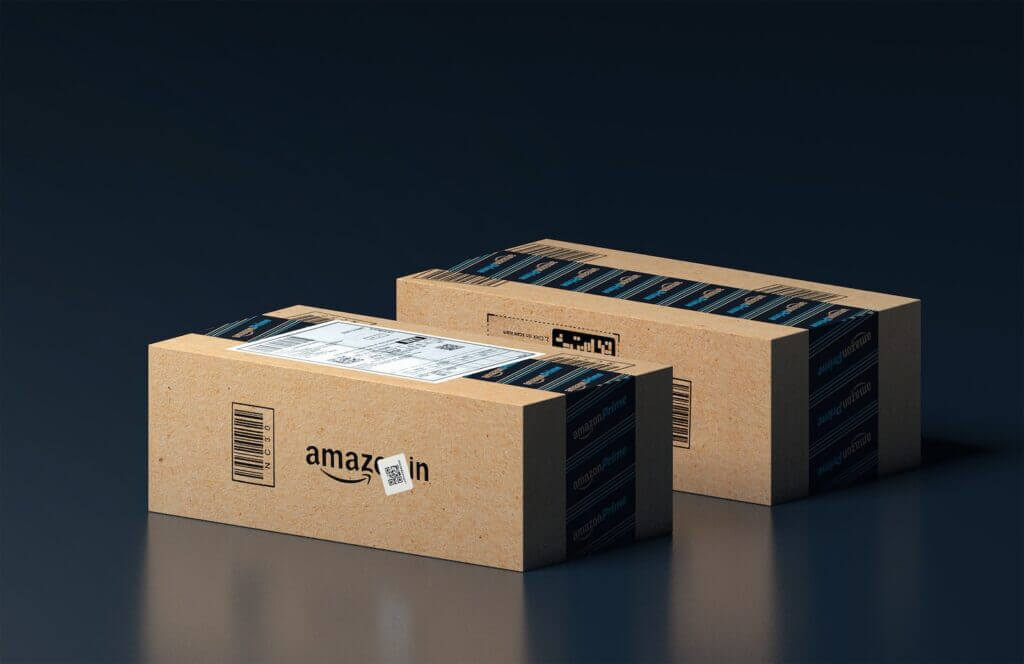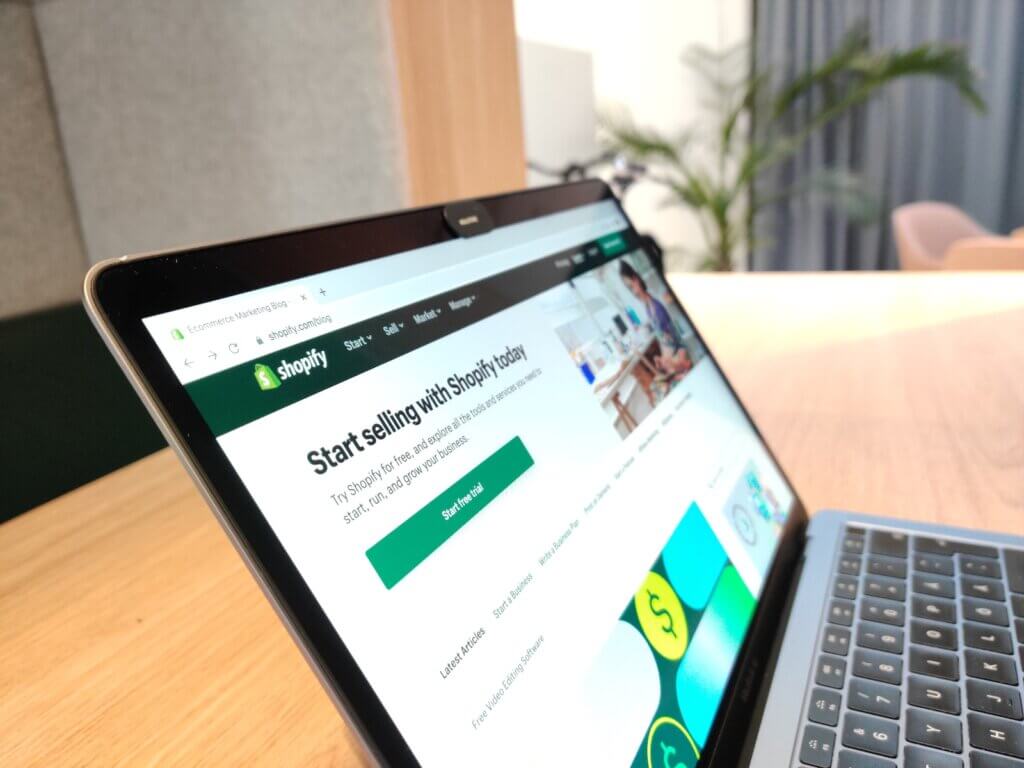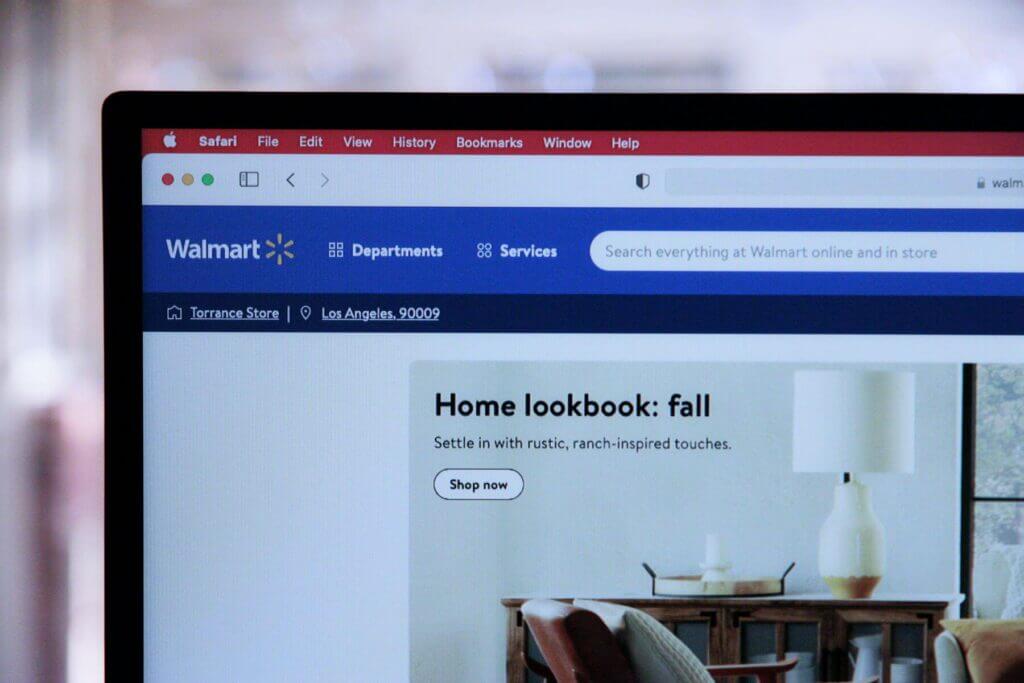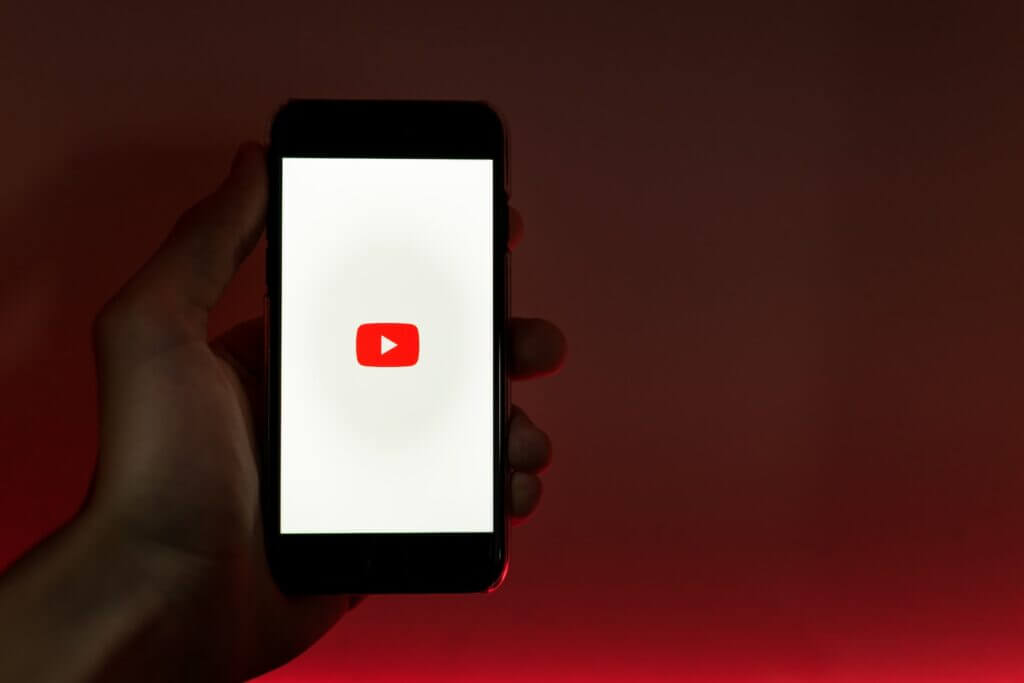This guide offers a comprehensive overview of inbound lead generation, including its definition, benefits, and differences from outbound lead generation. It also covers creating effective strategies, measuring and analyzing results, avoiding common mistakes, and implementing to generate more leads.
Understanding Inbound Lead Generation
Inbound lead generation is a marketing approach that seeks to attract potential customers to your business through relevant and engaging content. Unlike outbound lead generation, which typically involves interruptive advertising and cold calling, inbound lead generation aims to draw in customers naturally by providing them with valuable information that they find useful. This approach has become increasingly popular in recent years as consumers have grown more skeptical of traditional advertising and seek out more authentic, personalized experiences.
Definition of Inbound Lead Generation
Inbound lead generation is the process of attracting potential customers to your business by creating and sharing high-quality content that is relevant and useful to them. This content can take many forms, including blog posts, social media updates, videos, and whitepapers. The goal of inbound lead generation is to establish your business as a trusted authority in your industry, build relationships with potential customers, and ultimately drive sales.
Benefits of Inbound Lead Generation
There are many benefits to using inbound lead generation to grow your business. Perhaps the most significant advantage is that it allows you to build relationships with potential customers over time. By providing them with valuable information, you can establish your business as a trusted authority in your industry and create a sense of loyalty. Additionally, inbound lead generation is typically much more cost-effective than outbound methods, as it relies on content creation rather than expensive advertising.
Another key benefit of inbound lead generation is that it is highly targeted. By creating that is specifically designed to appeal to your ideal customer, you can attract people who are more likely to be interested in your products or services. This means that you will be generating higher quality leads, which should ultimately lead to more sales.
Difference between Inbound and Outbound Lead Generation
The main difference between inbound and outbound lead generation is the way in which leads are generated. In outbound lead generation, businesses typically rely on interruptive advertising techniques such as cold calling, direct mail, and television commercials. These methods are often seen as intrusive and annoying by consumers, and they can be expensive to implement.
In contrast, inbound lead generation focuses on creating content that naturally attracts potential customers to your business. By providing valuable information that your target audience is interested in, you can build trust and establish your business as a thought leader in your industry. This approach is generally more cost-effective than outbound methods and is often seen as more authentic and engaging by consumers.
Overall, inbound lead generation is a powerful marketing approach that can help businesses of all sizes attract high-quality leads and ultimately drive sales. By creating relevant and engaging content that speaks directly to your target audience, you can establish your business as a trusted authority in your industry and build long-term relationships with your customers.
Creating an Effective Inbound Lead Generation Strategy
Inbound lead generation is a powerful tool that can help businesses attract and convert potential customers. However, creating an effective strategy requires careful planning and execution. In this section, we will explore the key elements of an effective inbound lead generation strategy.
Setting Goals and Objectives
The first step in creating an effective inbound lead generation strategy is to set clear goals and objectives. This will help you focus your efforts and measure your success. Your goals should be specific, measurable, attainable, relevant, and time-bound (SMART). For example, your goal might be to generate 100 leads per month from your website within the next six months.
Identifying Target Audience
Once you have set your goals, the next step is to identify your target audience. Who are the people you want to attract and convert? What are their needs and pain points? What motivates them to take action? By understanding your target audience, you can tailor your content and messaging to resonate with them.
Creating High-Quality Content
One of the most important elements of an inbound lead generation strategy is creating high-quality . This includes blog posts, ebooks, whitepapers, videos, and other forms of content that provide value to your target audience. Your content should be informative, engaging, and relevant to your audience’s needs and interests.
Optimizing Landing Pages
A landing page is a web page that is designed to convert visitors into leads by encouraging them to take a specific action, such as filling out a form or downloading a resource. To optimize your landing pages for lead generation, you should focus on creating a clear and compelling value proposition, using attention-grabbing headlines and visuals, and making your forms as simple and easy to complete as possible.
Utilizing Social Media for Lead Generation
Social media can be a powerful tool for generating leads and building relationships with your target audience. To effectively use social media for lead generation, you should focus on creating engaging content that encourages social sharing and interaction, using targeted social media advertising to reach your ideal audience, and actively engaging with your followers to build trust and rapport.
Measuring and Analyzing Inbound Lead Generation Results
Inbound lead generation is one of the most effective ways to attract and convert potential customers. But how do you know if your inbound marketing efforts are working? The answer lies in measuring and analyzing your results. In this section, we will cover the key performance indicators (KPIs) you should be tracking, the tools you can use to analyze your inbound lead generation results, and how to evaluate your conversions and ROI.
Key Performance Indicators (KPIs) to Track
KPIs are metrics that you use to measure the success of your inbound lead generation campaigns. Here are some of the KPIs you should be tracking:
- Website Traffic: The number of visitors to your website is a crucial KPI for measuring the effectiveness of your inbound marketing efforts. It shows how well your content is attracting potential customers to your site.
- Conversion Rates: Conversion rates show you how many of your website visitors are taking a desired action, such as filling out a contact form or downloading a whitepaper. This KPI is an excellent indicator of how well your landing pages are performing.
- Lead Quality: The quality of your leads is an essential KPI to track. You want to make sure that the leads you are generating are high-quality and have a high likelihood of converting into customers.
- Customer Acquisition Cost (CAC): CAC is the amount of money you spend to acquire a new customer. This KPI is essential for measuring the ROI of your inbound marketing efforts.
- Customer Lifetime Value (CLV): CLV is the amount of money a customer will spend with your business over their lifetime. This KPI is crucial for understanding the long-term value of your inbound marketing efforts.
Tools for Analyzing Inbound Lead Generation Results
There are several tools you can use to analyze your inbound lead generation results. Here are some of the most popular:
- Google Analytics: Google Analytics is a free tool that allows you to track website traffic, conversion rates, and other KPIs.
- HubSpot: HubSpot is an all-in-one inbound marketing platform that includes tools for lead generation, marketing automation, and analytics.
- SEMrush: SEMrush is a tool that allows you to analyze your website’s SEO performance, including keyword rankings and backlinks.
- Ahrefs: Ahrefs is another SEO tool that allows you to analyze your website’s backlinks and identify opportunities for link building.
- Hotjar: Hotjar is a tool that allows you to track website user behavior, including heatmaps, click tracking, and user recordings.
Evaluating Conversions and ROI
Evaluating your conversions and ROI is essential for measuring the success of your inbound marketing efforts. Here are some tips for evaluating your conversions and ROI:
- Set Goals: Before you start your inbound marketing campaign, you should set specific goals for what you want to achieve. This will make it easier to evaluate your conversions and ROI.
- Track Your KPIs: Make sure you are tracking the KPIs that are most important to your business. This will allow you to measure your progress and identify areas for improvement.
- Analyze Your Data: Use the tools mentioned above to analyze your data and identify trends and patterns. This will help you make data-driven decisions about your inbound marketing strategy.
- Continuously Improve: Inbound marketing is an ongoing process, and you should continuously be testing and optimizing your campaigns to improve your conversions and ROI.
Common Mistakes in Inbound Lead Generation
Inbound lead generation is a powerful way to attract and convert potential customers by providing them with valuable content and information. However, it’s important to avoid certain mistakes that can sabotage your efforts. Here are some common mistakes that businesses make in their inbound lead generation strategies:
Not Defining Target Audience Clearly
One of the biggest mistakes that businesses make in their inbound lead generation strategies is not identifying their target audience clearly. Without a clear understanding of who your ideal customer is, you won’t be able to create that resonates with them.
To avoid this mistake, start by creating buyer personas. These are fictional representations of your ideal customers, based on market research and data analysis. By understanding their pain points, challenges, and goals, you’ll be able to create content that speaks directly to them.
Failing to Create Compelling Content
Another mistake businesses make in their inbound lead generation strategies is creating content that is bland or generic. If your content doesn’t capture the attention of your target audience, they won’t engage with it or share it with others.
To avoid this mistake, focus on creating content that is valuable, informative, and engaging. Use storytelling techniques to make your content more relatable and memorable. Incorporate visuals, such as images, videos, and infographics, to break up the text and make your content more visually appealing.
Ignoring Landing Page Optimization
Your landing pages are where your potential customers will take action, such as filling out a form or making a purchase. If your landing pages are not optimized for conversions, you will miss out on valuable leads and sales.
To avoid this mistake, make sure that your landing pages are designed with conversion in mind. Use clear and compelling headlines, persuasive copy, and eye-catching visuals to encourage visitors to take action. Make sure that your call-to-action (CTA) is prominent and easy to find.
Not Utilizing Social Media Effectively
Social media is a powerful tool for inbound lead generation, but many businesses fail to use it effectively. They may post sporadically or share content that doesn’t resonate with their audience.
To avoid this mistake, develop a social media strategy that is tailored to your target audience. Research which social media platforms they are most active on and create content that is optimized for those platforms. Use hashtags and tags to increase visibility and engagement. Engage with your followers by responding to comments and messages in a timely manner.
Best Practices for Inbound Lead Generation
Inbound lead generation is a powerful marketing strategy that can help businesses attract and convert leads into loyal customers. However, not all inbound lead generation strategies are created equal. To ensure success, businesses must follow best practices that are proven to work. In this section, we will explore some of the most effective for inbound lead generation.
Personalizing Content for Target Audience
One of the most important best practices for inbound lead generation is personalizing content for your target audience. Your target audience is made up of individuals with unique needs, interests, and preferences. By personalizing your content to cater to these unique characteristics, you can increase your chances of converting leads into customers.
To personalize your content effectively, you must first understand your target audience. This means conducting market research, analyzing customer data, and developing buyer personas. Once you have a clear understanding of your target audience, you can start creating content that speaks directly to their needs and interests.
Some effective ways to personalize your content include:
- Using the language and tone that resonates with your target audience.
- Incorporating customer stories and testimonials that are relevant to your target audience.
- Creating content that addresses the pain points of your target audience.
- Offering personalized recommendations based on the interests and preferences of your target audience.
Utilizing Email Marketing for Lead Nurturing
Email marketing is an excellent way to nurture your leads and keep them engaged with your brand. By sending targeted and relevant emails to your leads, you can build trust, establish authority, and increase conversions.
To effectively utilize email marketing for lead nurturing, you must first create a segmented email list. This means dividing your leads into groups based on their interests, behaviors, and preferences. Once you have a segmented list, you can start sending targeted emails to each group.
Some effective types of emails to send for lead nurturing include:
- Welcome emails that introduce your brand and set expectations.
- Educational emails that offer valuable information and insights.
- Promotional emails that offer discounts, deals, and special offers.
- Reminder emails that encourage leads to take action.
Creating Calls-to-Action that Convert
Calls-to-action (CTAs) are an essential element of any inbound lead generation strategy. A CTA is a button, link, or image that prompts your leads to take a specific action, such as filling out a form, downloading a resource, or making a purchase.
To create CTAs that convert, you must first understand the psychology of your target audience. What motivates them? What are their pain points? What are their goals? Once you have a clear understanding of your target audience, you can create CTAs that speak directly to their needs and desires.
Some effective tips for creating CTAs that convert include:
- Using action-oriented language that inspires action.
- Creating urgency by using time-limited offers.
- Placing CTAs in prominent locations on your website and landing pages.
- Using contrasting colors to make your CTAs stand out.
Continuously Testing and Optimizing Strategies
Finally, one of the most critical for inbound lead generation is continuously testing and optimizing your strategies. The marketing landscape is constantly changing, and what worked yesterday may not work today. To stay ahead of the curve, you must continuously test and optimize your strategies to ensure that they are delivering the best results.
Some effective ways to test and optimize your strategies include:
- Conducting A/B tests to compare the effectiveness of different strategies.
- Analyzing key performance indicators (KPIs) to identify areas for improvement.
- Staying up-to-date with industry trends and best practices.
- Experimenting with new strategies and tactics.
By continuously testing and optimizing your strategies, you can ensure that your inbound lead generation efforts are always delivering the best possible results.
In conclusion, inbound lead generation is an essential marketing strategy for any business that wants to attract and convert leads into loyal customers. By following best practices such as personalizing content, utilizing email marketing, creating effective CTAs, and continuously testing and optimizing your strategies, you can increase your chances of success and achieve your marketing goals.








